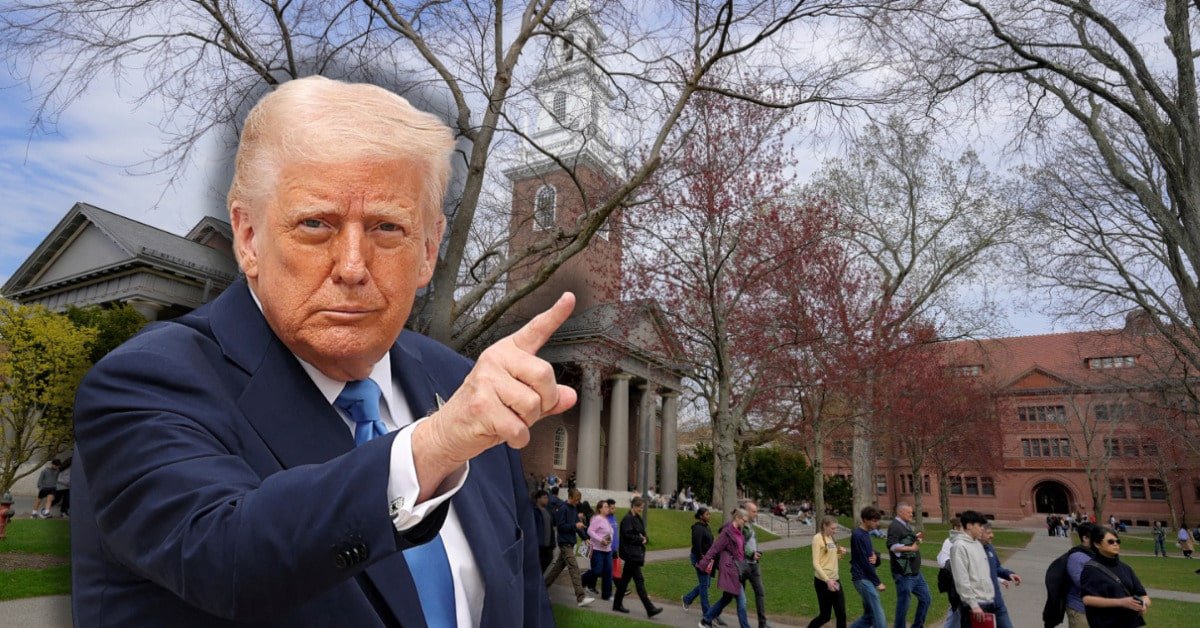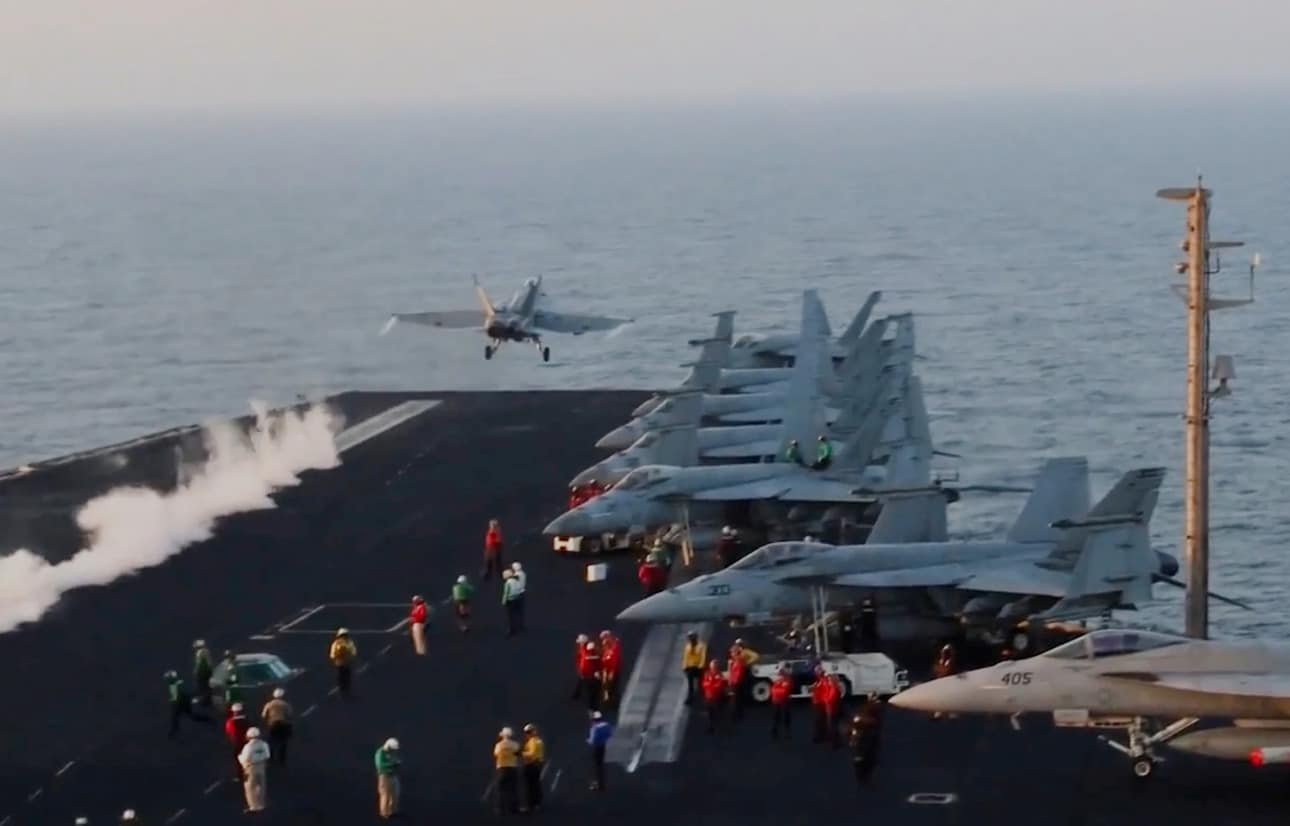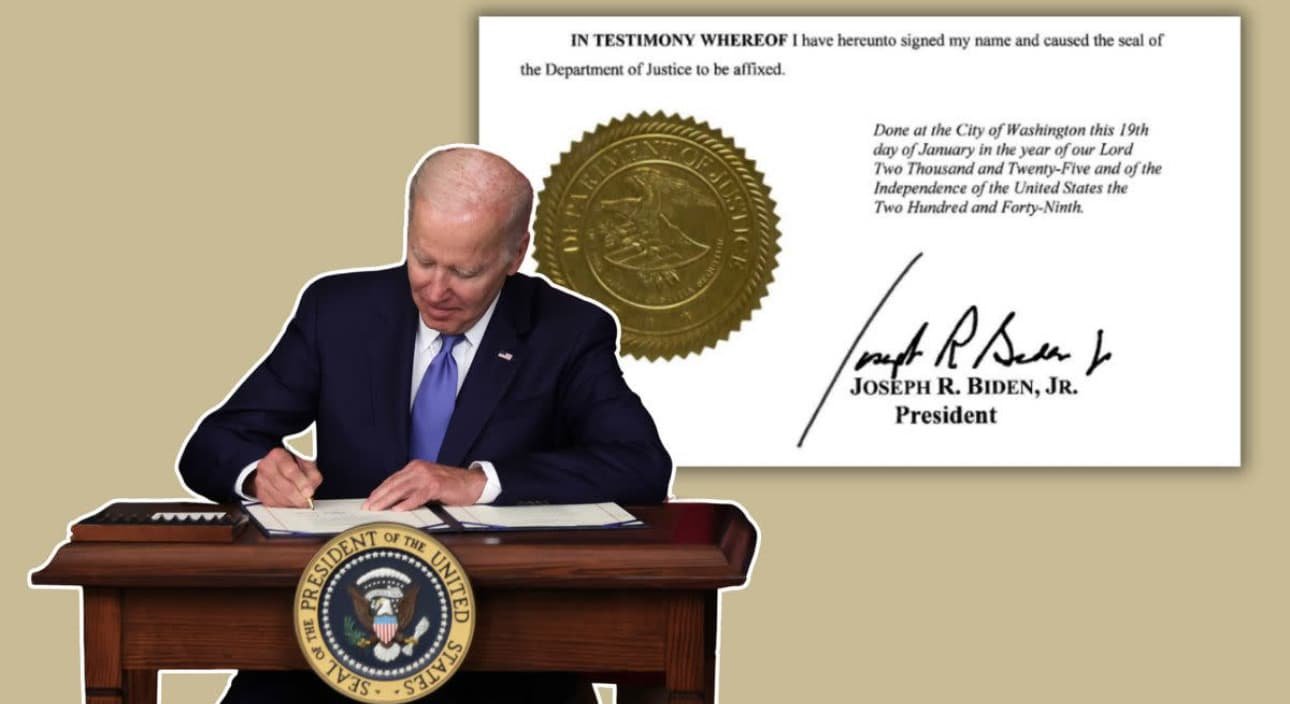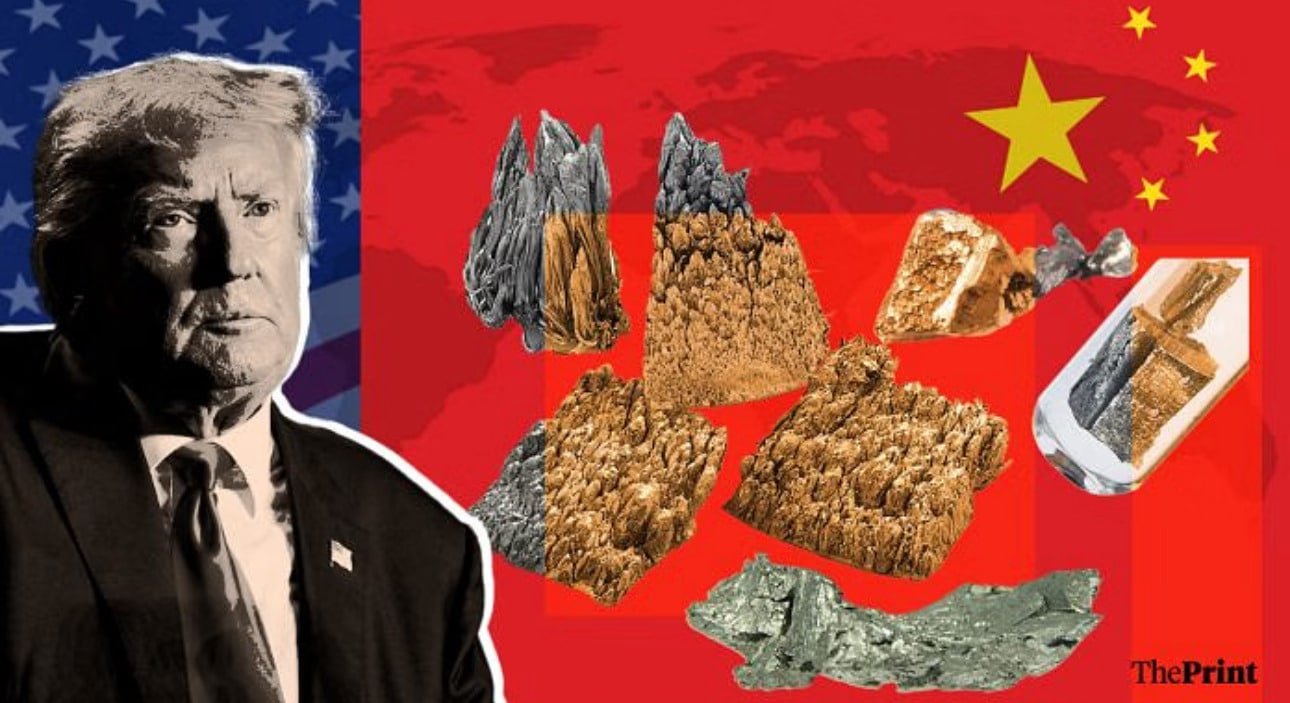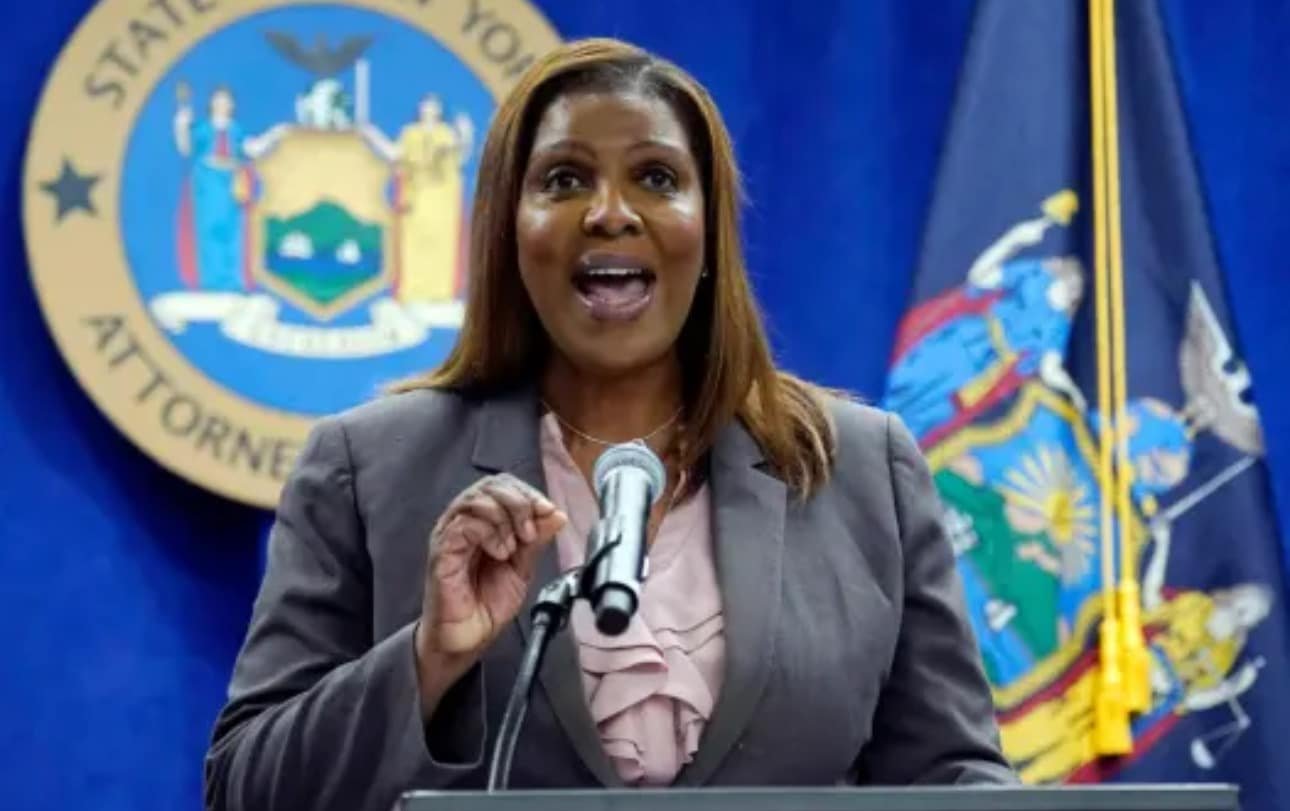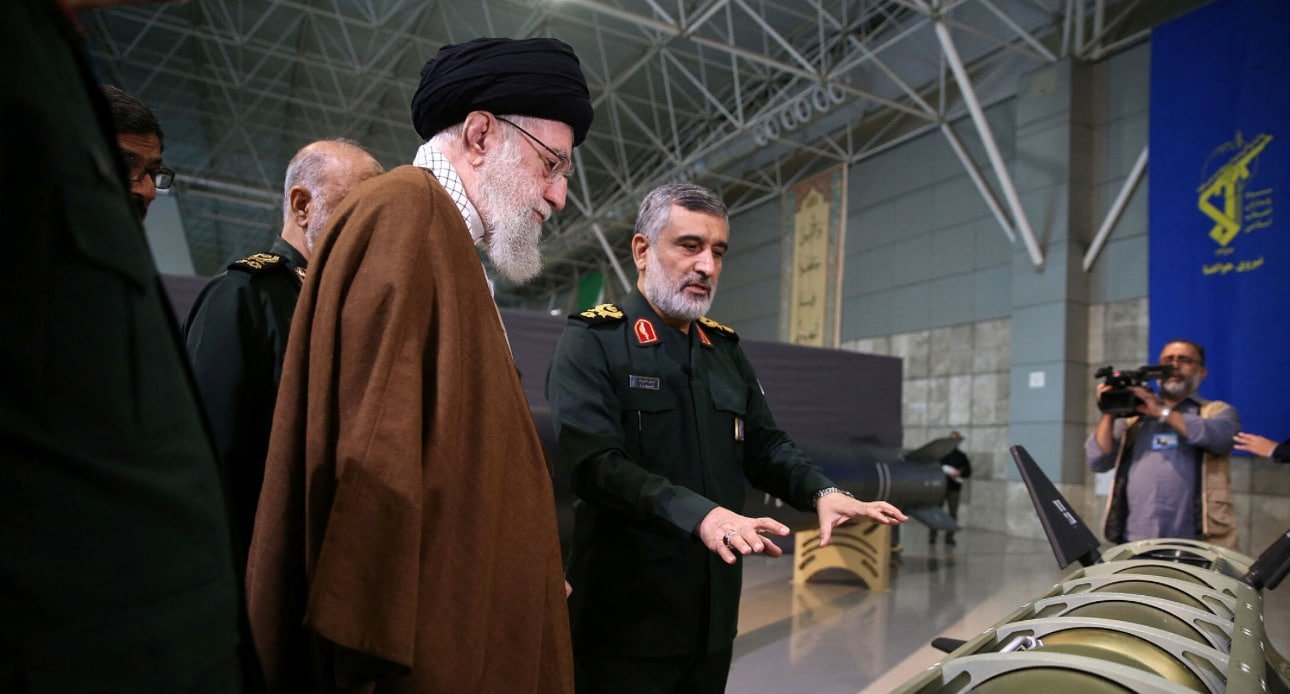10 Unforgettable Political Cartoons That Made a Difference
Political cartoons are a powerful way to share opinions. They mix humor with deep insights into big issues. These cartoons turn complex ideas into simple, memorable images.
They have been around for a long time, from Benjamin Franklin’s days to now. They highlight key moments in our history. Their impact is clear; they make us feel and think about important topics.
Let’s look at 10 iconic political cartoons that changed history. They continue to inspire us today.
Key Takeaways
- Political cartoons effectively communicate complex ideas through visual storytelling.
- Iconic cartoons have played a critical role in shaping public discourse and opinion.
- Understanding the historical context of these cartoons helps us see their impact.
- Satire in political cartoons often sparks important conversations among citizens.
- From past to present, political cartoons have a unique ability to drive social movements and change.
The Power of Political Cartoons in Society
Political cartoons are key in shaping public views and sparking discussions on big issues. They use visual storytelling to share complex political stories in a clear way. A good political cartoon grabs your attention and leaves a strong impression.
This method makes social commentary more engaging. It reaches out to many people in a way words often can’t.
Visual Storytelling: Connecting with Audiences
Political cartoons use bold pictures and clever images to connect with people. They make complex topics simple, sharing important messages in a way that hits home. These artworks start conversations, making us think about important issues.
They cross language and cultural lines, bringing people together. This encourages everyone to talk about the issues shown.
The Role of Satire in Political Discourse
Satire makes political cartoons even more powerful. It offers a sharp critique of those in power and common beliefs. Satire uses humor, exaggeration, and irony to point out wrongs.
This sparks important conversations, making us question the current state of things. Political cartoons are vital in political discussions, raising awareness and inspiring action.
10 Iconic Political Cartoons That Changed History
Political cartoons are a mix of art and activism. They go beyond just pictures, deeply rooted in historical context. These images can share big ideas in simple ways, starting conversations and moving people to action. Each cartoon shows what was happening in its time, giving us a peek into politics and society.
Influences of Historical Context on Cartoons
Political cartoons tackle big issues, capturing key moments in history. They blend art with important events, giving us a special view of our values and conflicts. For example, Benjamin Franklin’s “Join or Die” was key during the American Revolution. It helped rally people for unity and against oppression.
Your Mind’s Eye: How Political Cartoons Shape Perception
Political cartoons use visual storytelling to change how we see things. They tell stories that connect with many people, helping us understand and feel for others. These artworks show us what’s at stake and what we hope for. They can inspire action or start important discussions, making them powerful tools for change.
| Cartoon Title | Historical Context | Key Message |
|---|---|---|
| Join or Die | American Revolution (1754) | Unity among colonies |
| The Plumb-Pudding in Danger | Napoleonic Wars (1805) | Power struggle between nations |
| Let’s All Go to the Lobby | Mid-20th Century Consumerism | Critique on consumer culture |
| Vote for Me | Election Campaigns (Various) | Political promises vs. realities |
Understanding Political Satire and Social Commentary
Political satire is key in shaping social commentary. It uses humor and exaggeration to criticize public figures and ideas. Caricature is a powerful tool, highlighting traits to reveal truths.
This method makes serious topics fun and easy to understand. Cartoonists use visual tricks to grab our attention. They make us think about politics in a new way.
The Mechanics of Exaggeration and Caricature
Grasping exaggeration and caricature is vital for political satire. This art form boosts traits to make sharp critiques. Caricature shows the silly side of politics, making us feel it on an emotional level.
Cartoonists use their creativity to sway public opinion. They create stories that touch our hearts and minds.
Bridging the Gap: Political Cartoons and Public Opinion
Political cartoons connect complex politics to everyday people. They break down big stories into simple ones. This sparks important talks about big issues.
These cartoons show us how society views politics. They not only reflect but also shape public opinion. They are essential in sharing values and guiding our thoughts.
Artistic Techniques Behind Iconic Cartoons
Political cartoons are powerful tools for commenting on society. They use different artistic techniques to share emotions and ideas. This makes them engaging and helps us understand the messages better.
Color and Style: Conveying Emotions
Color is key in political cartoons. Bright colors show strong feelings, while soft colors hint at sadness. For example, red can mean passion or anger, and blue can show calmness or sadness. The colors and style, like caricature or realism, make the cartoons more impactful.
Symbolism in Political Cartoons: More Than Meets the Eye
Symbolism is a big part of political cartoons. It lets artists share complex ideas in simple ways. Symbols like the eagle stand for national pride, and the scales of justice mean fairness. Knowing these symbols helps us get the full meaning of the cartoons.
| Symbol | Meaning |
|---|---|
| Flag | National identity and pride |
| Scales of Justice | Fairness and law |
| Donkey | Democratic Party |
| Elephant | Republican Party |
| Vultures | Death or greed |
| Dollar Bill | Wealth and financial concerns |
By understanding these symbols, we can see the deeper messages in political cartoons. It helps us understand the political world better.
Explore Notable Examples of Political Cartoons
Political cartoons are powerful tools for commentary and critique. They offer a visual narrative that connects with people across different times. Examples like Benjamin Franklin’s “Join or Die” and James Gillray’s “The Plumb-Pudding in Danger” show the importance of political satire. They show how art can mirror and influence society’s values and opinions.
The Legacy of “Join or Die” by Benjamin Franklin
Benjamin Franklin’s “Join or Die” is a key piece in American political cartooning. It highlighted the need for unity among the colonies during a time of division. Franklin used a snake to show the importance of working together against threats.
This cartoon helped unite early American sentiment. It also showed that together, we are stronger and more empowered.
James Gillray’s “The Plumb-Pudding in Danger” Explained
James Gillray’s “The Plumb-Pudding in Danger” is a standout in early 19th-century political satire. It shows British Prime Minister William Pitt and French Emperor Napoleon fighting for control over Europe, using a plumb pudding as a symbol. The cartoon is both funny and sharp, reflecting the chaotic political scene during the Napoleonic Wars.
Gillray’s work shows how cartoons can shape public opinion and help us understand complex political issues. It’s a great example of how art can make a difference.
Contemporary Relevance of Historical Political Cartoons
Historical political cartoons are as relevant today as they were back then. They tackle modern issues with the same sharpness. Artists use these old themes to speak to today’s events and problems.
By looking back at these cartoons, today’s artists tell stories that speak to our times. This connection shows how timeless their messages are.
How Modern Issues Resonate with Classic Cartoons
Today’s debates often mirror the concerns of old cartoons. For example, debates on government power and personal freedom are similar. This shows our ongoing battles and connects us to the past.
Seeing how today’s issues match classic cartoons helps us value visual satire. It shows how art can reflect and shape society.
The Adaptation of Political Satire in Social Media
Social media has changed how we talk about politics. It gives artists a new way to share their views. Memes and digital versions keep the satire alive, spreading ideas fast.
This online dialogue keeps patriotic values alive. It makes political satire more than just a joke. It’s a powerful tool for change.
The Influence of Political Cartoons on Policy and Change
Political cartoons are more than just reflections of society. They are powerful tools for change. They grab attention and spark conversations about important issues.
These cartoons use vivid images to make us think. They help us understand and talk about big topics.
Cartoons as Catalysts for Social Movements
Political cartoons have always been key in social movements. They expose wrongs and push people to act. This leads to a shared goal for change.
Artists like Thomas Nast used satire to fight for justice. Their work inspires people to stand up for what’s right. It starts conversations and builds a sense of urgency for change.
The Role of Cartoons in Campaigns and Elections
Political cartoons shape how we see candidates. They use satire to highlight policies and traits. This helps voters make informed choices.
These cartoons are memorable and impactful. They remind us of our role in democracy. They encourage us to participate and stand for freedom and unity.
Conclusion
Political cartoons have a big impact on how we see the world and talk about it. They remind us of what we value, like tradition and patriotism. They make complex issues easy to understand, helping us get involved in public life.
These cartoons mix art and opinion, showing their importance in American democracy. They help us think about freedom and coming together. It’s key to keep these powerful expressions alive, as they reflect our nation’s spirit.
We should value and support the tradition of political cartoons. They show our right to speak out and our duty to join in discussions that shape our future. By doing this, we help keep this powerful medium alive for future generations.
FAQ
What are political cartoons and why are they important?
Political cartoons are a powerful way to tell stories with pictures. They make complex ideas simple, often using humor. They’ve shaped public opinion and sparked important discussions for a long time.
How do political cartoons engage audiences?
They grab attention with visuals, jokes, and symbols. This makes people aware of big issues and gets them talking.
What role does satire play in political cartoons?
Satire in cartoons is a way to poke fun at the powerful. It uses exaggeration and humor to point out problems. This encourages viewers to think and talk about important topics.
Can you provide examples of historic political cartoons?
Sure. Benjamin Franklin’s “Join or Die” united people during the American Revolution. James Gillray’s “The Plumb-Pudding in Danger” critiqued politics during the Napoleonic Wars.
How do political cartoons influence public opinion and perception?
Cartoons make complex issues simple. They help people understand governance and change. This shapes how we see the world and contributes to social commentary.
What artistic techniques make political cartoons effective?
Bold colors, different styles, and symbols are key. They help convey feelings and tell stories. This makes cartoons more impactful.
How have political cartoons evolved in contemporary society?
Today’s artists use old techniques for new issues. They use social media to reach more people. Modern cartoons are just as powerful as their predecessors, shaping public opinion and engaging citizens.
What is the impact of political cartoons on social movements?
Cartoons have sparked social movements by pointing out injustices. They inspire people to act together. Their memorable images can sway elections and voter opinions, promoting informed voting.






